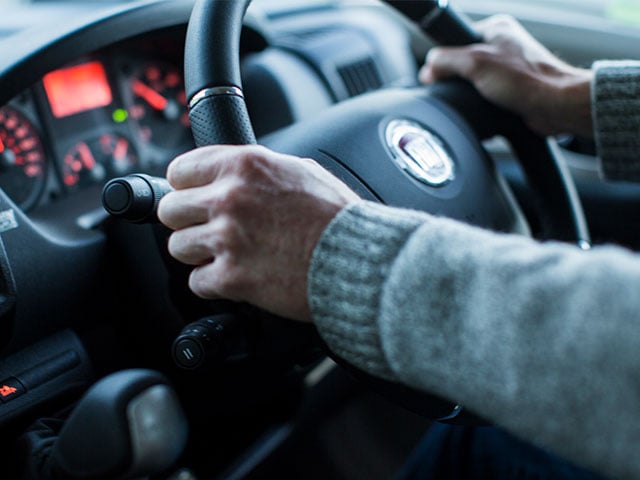
Motorhome vehicle transmissions have evolved over time — from the days of manual transmissions to 21st century automatics.
In this article, we’ll shed some light on what a vehicle transmission is while looking at the pros and cons of various motorhome transmissions. We’ll also offer advice on how to get the most out of your motorhome’s transmission.
|
Contents |
What is a vehicle transmission?
One of the most important areas of a motorhome’s base vehicle is its transmission system. This system comprises a gearbox, clutch, torque converter, and even a computer on newer vehicles. It transfers power from the engine to the wheels.
The gearbox
The gearbox is a mechanical component that uses gears and gear trains to provide speed and torque — essentially changing the gear ratio between the engine and the driving wheels. This lets you accelerate or decelerate without the fear of your engine over-revving or stalling.
Types of vehicle gearboxes
Although there are different types of vehicle gearboxes, they can all be categorised into:
- A manual system changed by the driver, or
- An automatic system which does the work for the driver — like an automated manual transmission and a torque converter.
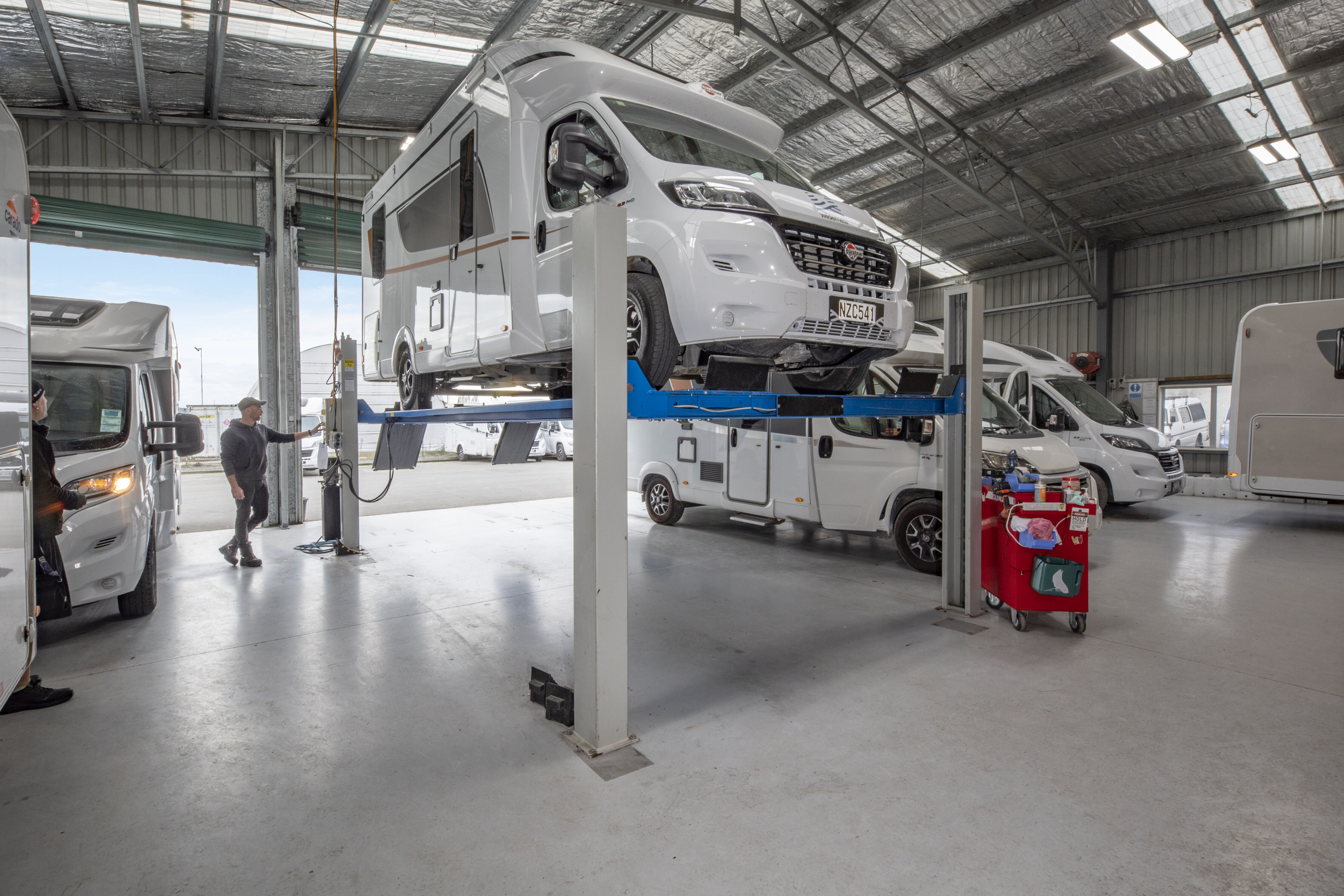
Manual transmissions
The manual gearbox requires the driver to physically change gears. To move from one gear to another, the driver’s hand is placed on the gearshift and their feet on both the clutch and accelerator.
The first modern manual transmission was developed in the 1890s by French inventors Louis-Rene Panhard and Emile Levassor. This three-speed non-synchronised transmission’s basic design is still the starting point for many current manual transmissions.
It wasn’t until the late 1920s, when Cadillac created a synchronised manual transmission, that shifting gears was made considerably smoother and easier — and grinding reduced.
How a manual transmission works
To allow a gear change, a manual gearbox uses a flywheel, a pressure plate and a clutch — to engage and disengage your motorhome’s engine from its transmission. The flywheel and pressure plate are attached to the engine and the clutch is mounted between them.
Pros of manual gearboxes
The main upside to vehicles with a manual transmission is that feeling of driving rather than sitting back and just steering the vehicle.
Cons of manual gearboxes
A few downsides of manual transmission motor vehicles are the:
- Training and practice required — it takes more time to learn to drive a manual vehicle than an automatic
- Some physical ability is required to change gears
- Engine emissions are higher.
|
Back in the day
|
Automatic transmissions
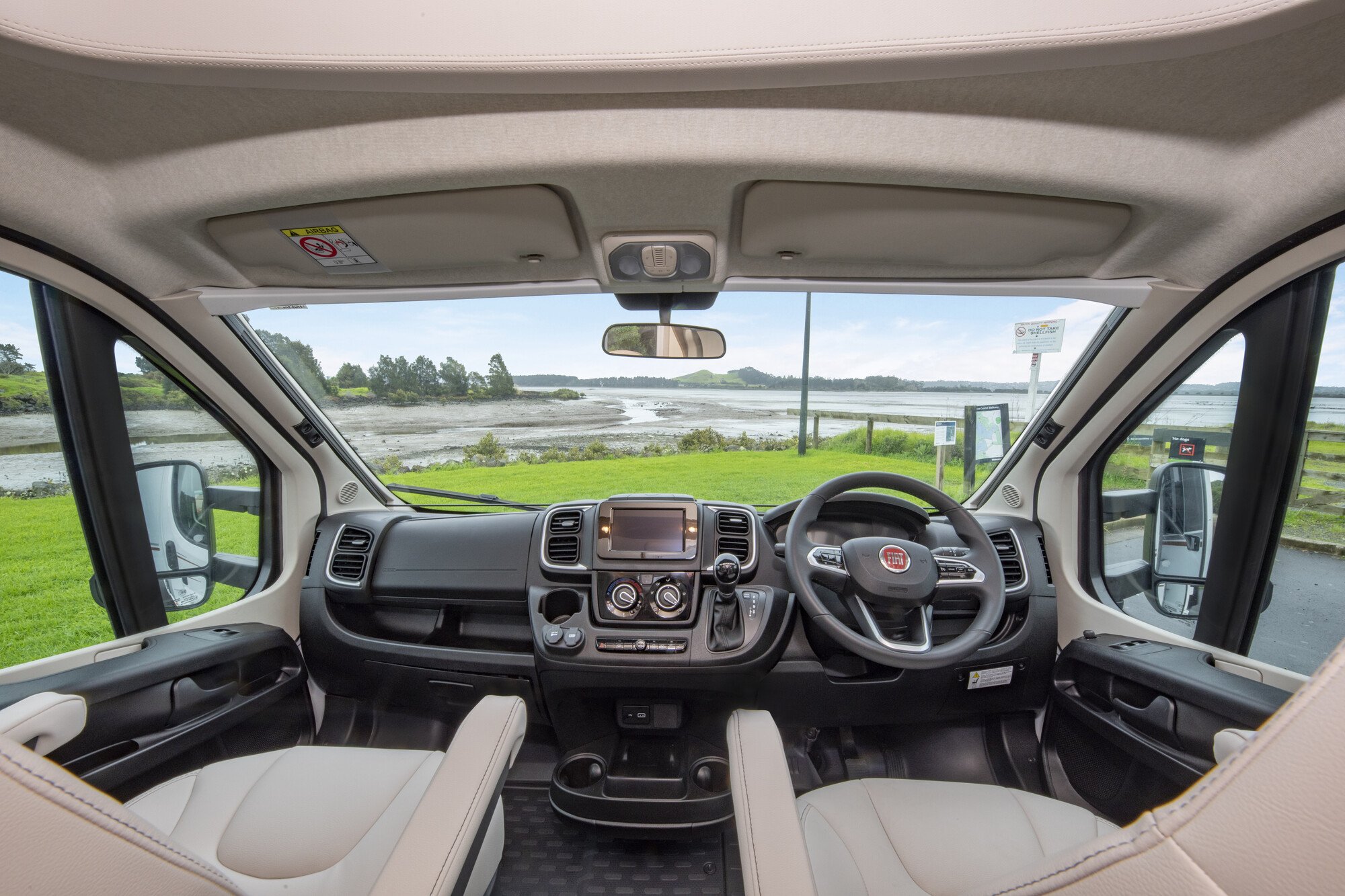
An automatic transmission allows an engine’s speed to match driving speed — improving fuel economy and reducing emissions.
While the automatic gearbox is a more recent invention than the manual version, it has been around for longer than you may think. The first automatic gearbox was developed in the 1920s by Canadian Alfred Munro and the first hydramatic system for cars was developed by General Motors (GM) in the 1930s.
More developments occurred during WWII when GM began using automatic transmissions in tanks. That led to what’s now called a torque converter automatic transmission — which is still used today.
Automatic gearboxes in motorhomes
The two different types of automatic transmission for truck-based motorhomes are the:
- Automated manual transmission
- Torque converter.
Whilst American motorhome vehicle manufacturers led the charge in the use of automatic transmissions, Europeans resisted the change. This was in part because older automatic transmissions were not very fuel efficient — which was a prime consideration in Europe.
In New Zealand, the use of automatic gearboxes in locally manufactured motorhomes has mostly followed European trends.
This isn’t surprising as European-built trucks like Fiat Ducato and Mercedes-Benz Sprinter have been used as base vehicles for the majority of motorhomes produced here or imported. Their cab bodies have their engines out front and allow for flat floors between the cab and the rear area — which is better suited to motorhome construction.
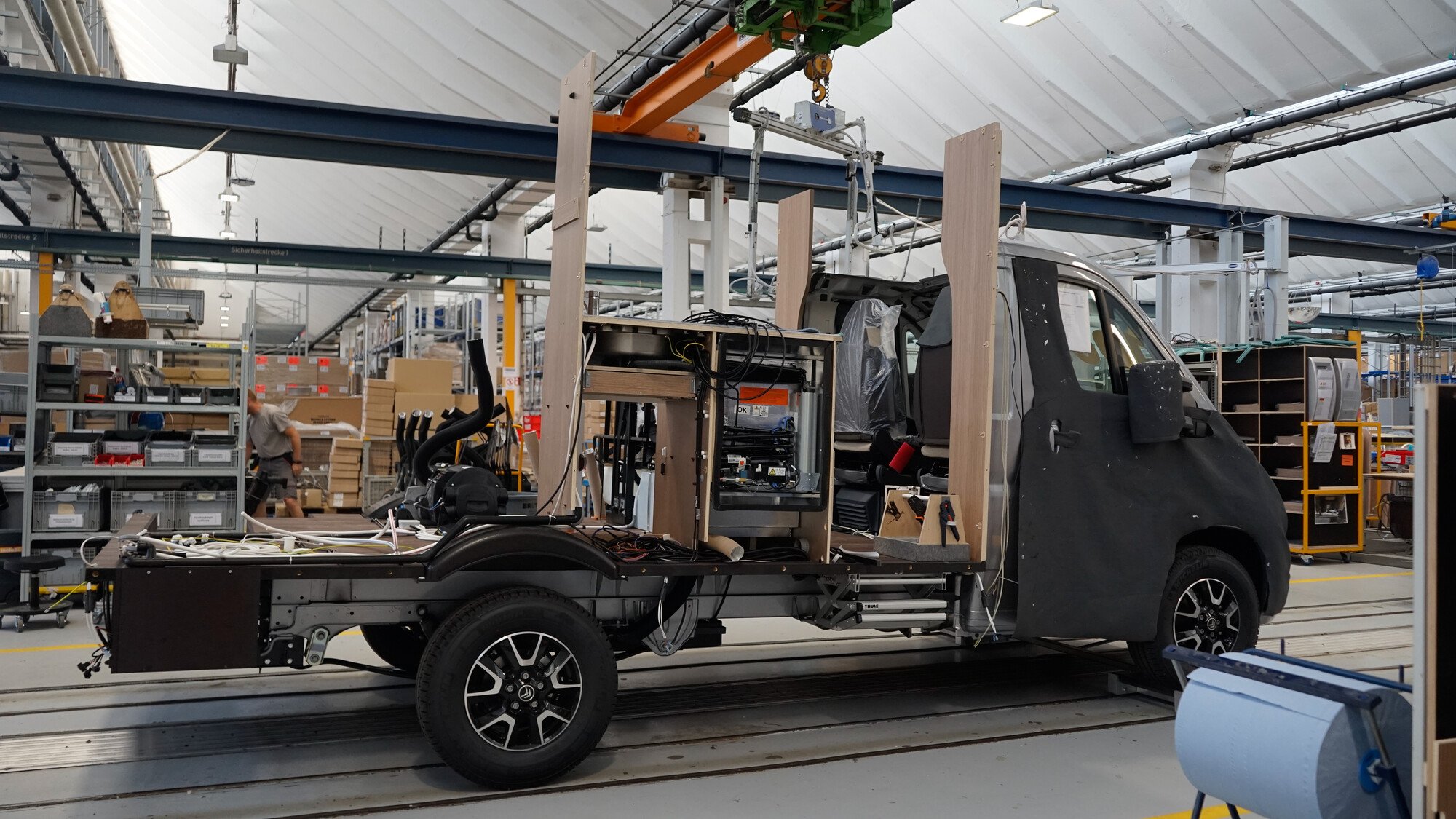
Manufacturers like Fiat even have special manufacturing lines just for the Ducato version produced for motorhome conversion. Swivel seats are standard and the cab doesn’t have a roof or rear wall.
Find out more about the history of motorhomes in New Zealand.
Automated manual transmissions (AMTs)
European truck manufacturers were more or less forced to develop an automatic gearbox because of tougher-to-meet emission requirements and demand. Although manual gearboxes were still popular, people were beginning to look for a few more driver comforts like those already in cars.
In response, they created an automated manual transmission but developed their own versions. In 2000, Mercedes-Benz led the way with its Sprintshift transmission. In 2006, Volkswagen released the Shiftmatic — which was really a rebranded Sprintshift. Fiat soon followed suit with Comfortmatic.
The first AMT gearbox (a Comfortmatic) was available in left-hand drive vehicles from around 1995. However, the first right-hand drive AMT wasn’t available until 2008.
Ford was last to market with its Durashift AMT. Though surprisingly, the company didn’t utilise its American arm for manufacturing the AMT vehicles — even though US-built gearboxes were mostly better than European AMTs.
How an automated manual transmission works
An AMT can be described as a manual gearbox with a clutch — but without the clutch pedal. The robotised gear changes are made by hydraulics and a fairly basic computer.
It’s relatively easy to figure out whether a vehicle has an AMT gearbox by observing the gearshift. For instance, on a Fiat Ducato gearshift you’ll see:
- A/M to the left — short for auto/manual
- -/+ in the middle — for manual shifting
- N/R to the right — meaning neutral/reverse
- No P (park) setting.
Although offering better fuel consumption and lower emissions for the average driver, AMTs were clunky, hesitant when most needed, and generally slow.
For those reasons, many drivers opted to drive in manual mode but without having to use a clutch. And because there wasn’t a park position, they depended upon a well-adjusted handbrake.
Once a popular form of automatic transmission, most manufacturers have now shifted (pun intended) to torque converters. In the world of motorhomes, the only exception to this is at the heavy end where the Isuzu N Series still uses a six-speed AMT.
Torque converters
Automated manual transmissions solved a problem — but they certainly weren’t the best fix. A solution that seamlessly shifted gears with more fuel efficiency was needed.
Enter the torque converter which is the technical name for a fluid coupling between the engine and the auto transmission. Also known as fluid autos, this technology can boast anything up to ten speeds — although six to eight is the norm.
A torque converter consists of a sealed housing which contains:
- An impeller on one side connected to the engine
- A stator in the middle
- A turbine on the other side connected to the drive shaft.
This type of automatic transmission is now very common in cars and trucks.
The transition from AMTs to torque converters
The German-made Mercedes-Benz led the transition from AMTs to torque converters in light trucks. In 2012, the Sprintshift AMT was replaced with a fully automatic torque converter gearbox offering more than the usual six gears.
It took a few years for other European manufacturers to follow — first Iveco in 2015 and Volkswagen two years later. In 2020, Fiat finally replaced its AMT with a nine-speed gearbox meaning that automatic manual transmissions were gone and multi-speed fully automatic gearboxes had arrived.
Read about the differences between New Zealand and German-made motorhomes.
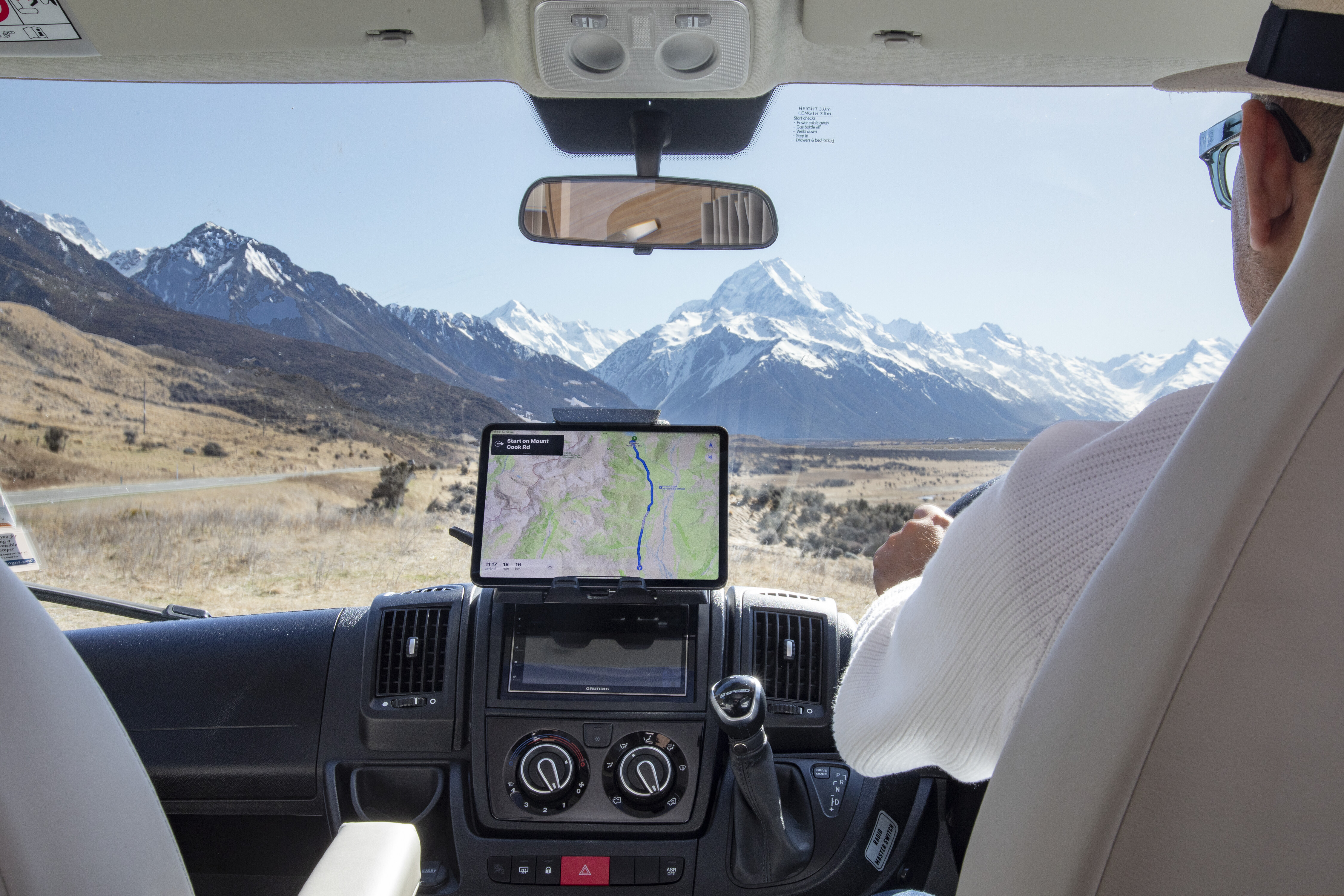
How a torque converter works
When the engine turns, a torque converter works by spinning the impeller which in turn spins the axles and wheels.
The stator (in the middle) acts like a reduction gear by manipulating the flow of transmission fluid between the impeller and turbine. In effect, it receives fluid from the turbine and flings it back on the impeller. This multiplies the amount of torque produced.
Torque converters are immensely powerful when the impeller and turbine are spinning at different speeds — like when a motorhome is accelerating from a standing start.
Pros of torque converters
Torque converters are a proven system for vehicle transmissions and are used by a large number of vehicle manufacturers like Ford, Hyundai and Toyota. They have plenty of advantages over AMTs including:
- Less wear on transmission components
- More efficient transmission — resulting in better fuel economy.
Best suited to heavy-duty vehicles like a motorhome, a torque converter also has a lock-up clutch. It’s designed to lock up the impeller and turbine when they’re operating at the same speed — say for highway cruising.
This effect makes the transmission more efficient and gives better fuel economy.
Cons of torque converters
The main downsides to torque converters are that:
- They have a higher fuel consumption than AMTs
- Their transmission fluid needs to be changed regularly.
Every vehicle is different so the exact time depends on each manufacturer’s service instructions.
Check out our guide to motorhome chassis and construction.
How to get the most out of your motorhome’s transmission
Vehicle transmissions are built to withstand different conditions over long periods of time. However, they need to be treated with respect to ensure they last. To get the most out of your motorhome’s vehicle transmission you’ll need to look after your gearbox and engine — and take care while driving.
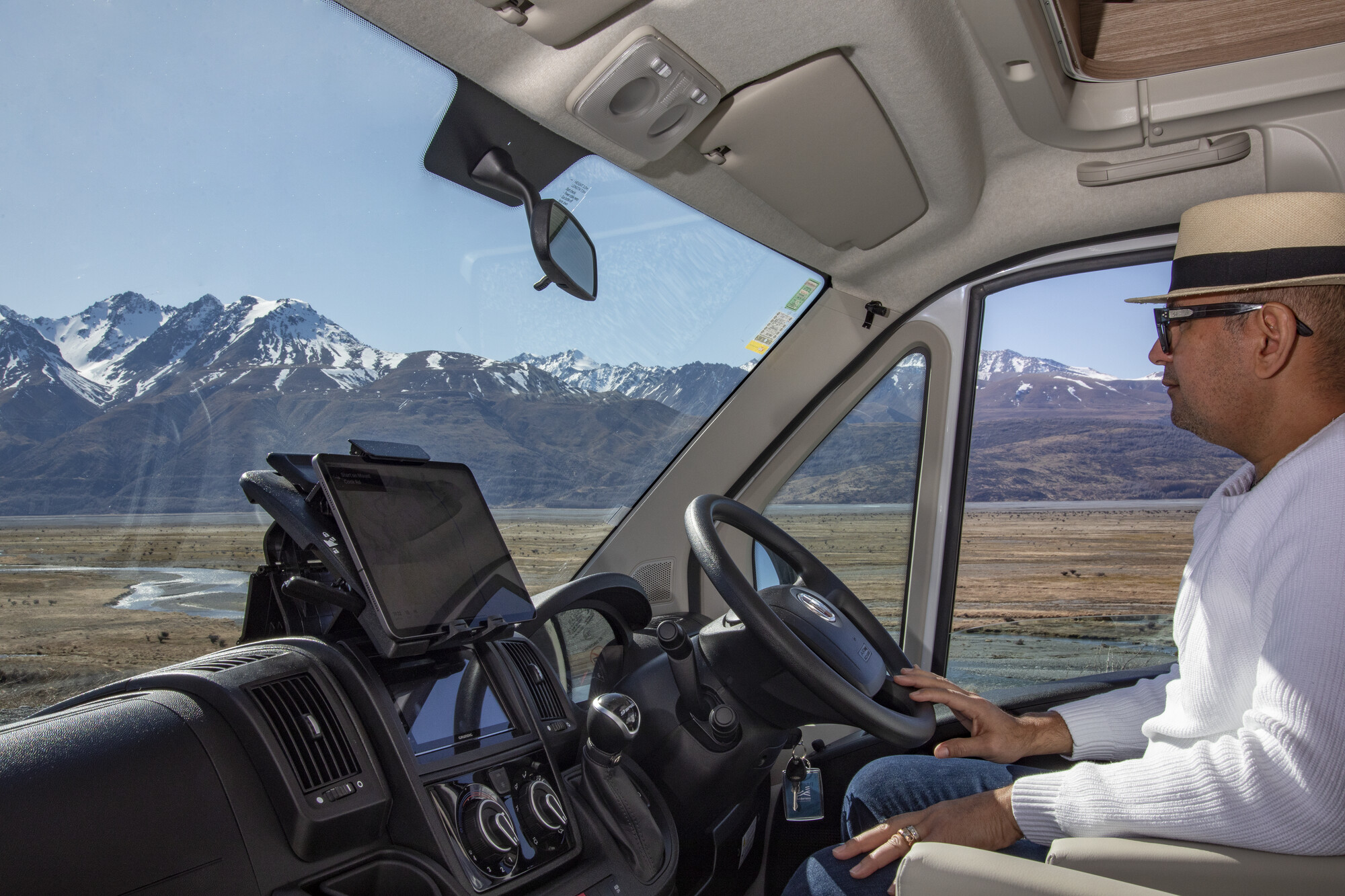
Driving
A surprisingly common issue that motorhomes with either manual or automatic transmission have revolves around how they’re driven.
If your motorhome is driven in a way that both the brake and accelerator are being pressed at the same time, the results can be disastrous — and expensive.
Using two feet (or even only one) to apply pressure to both pedals will lead to a fail code, placing your motorhome into limp mode — or limp home mode.
or limp home mode
When this occurs, it triggers a problem with your vehicle’s computer and means that you’ll:
- Experience a loss of power
- Shorten the life of your clutch and transmission
- Often get smoke out the back.
To avoid a ruined holiday and an expensive repair job, take care not to place your feet on both the brake and the accelerator at the same time.
Gearbox
If you have a manual gearbox:
- All gear changes need to be smooth and precise
- Try not to use the gear lever as a hand rest or the clutch pedal as a footrest
- Clutch slippage should be minimal — for instance, avoid holding your vehicle on a hill by only using your clutch and accelerator.
If you own a motorhome with an automatic gearbox:
- Ensure your engine is idling when shifting from park to either reverse or drive
- Fully stop your vehicle before shifting from reverse to either drive or park
- Refrain from holding your vehicle on a hill using only the accelerator.
AMT gearboxes can be kept in drive most of the time. But on long hill climbs, descents, and slow winding roads, your vehicle may be better off in a selected manual gear.
It’s also possible to utilise manual downshifting on torque converters during long downhill runs — to prevent brake fade.
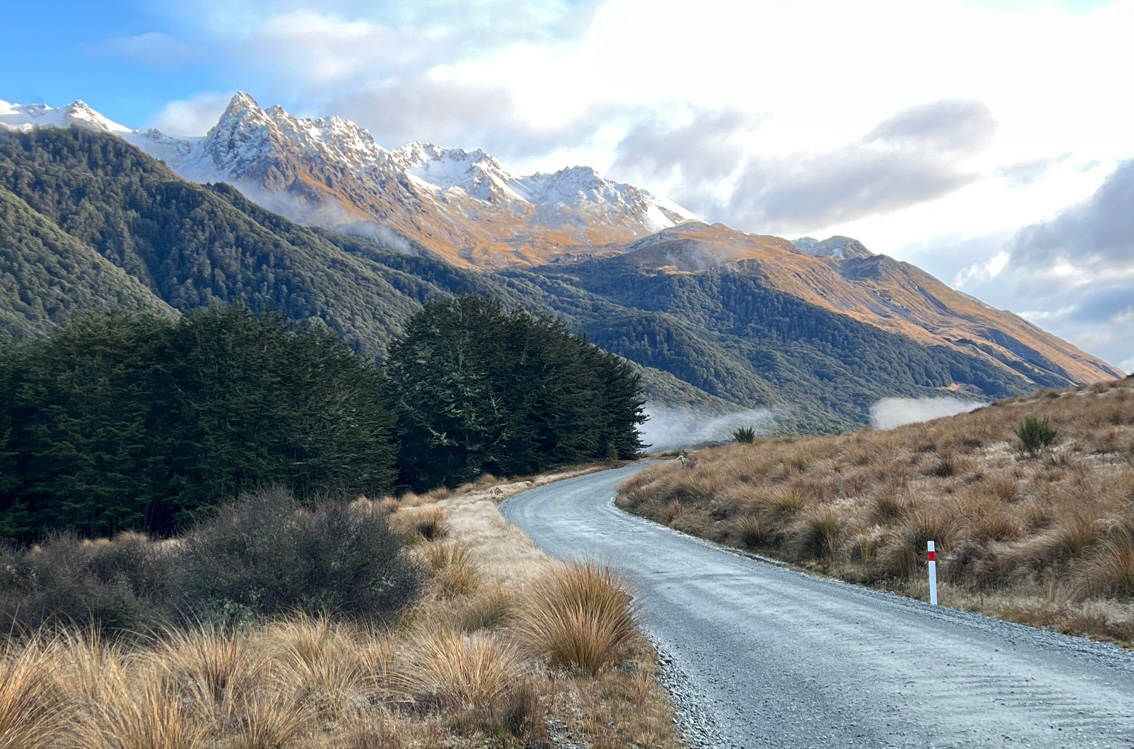
Engine
If you’re keen to learn about the finer details of your motorhome’s makeup, you may want to invest in a tachometer. This is a high-speed measurement device that’ll help you find out your engine’s maximum power and torque ratings.
Maintenance
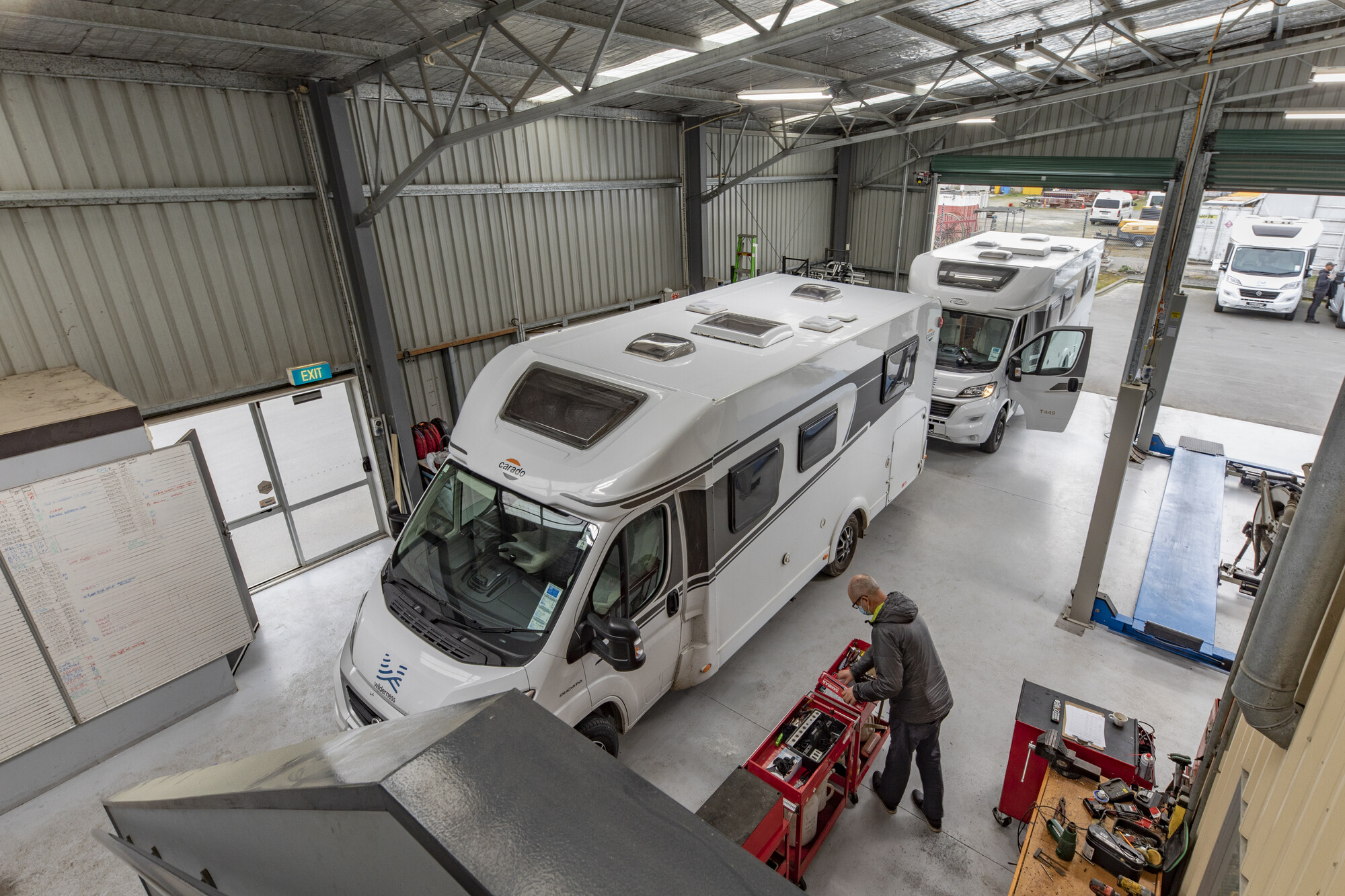
Transmission oil levels should be checked on a regular basis and changed as per the maintenance needs of your motorhome.
What the future holds for motorhome transmissions
Automatic transmissions are here to stay for a number of reasons including:
- Stricter emission standards — as climate change regulations become more prominent
- Improving technology — necessary to enhance fuel efficiency and reduce emissions
- Changing driver norms — it was a joy to drive manual transmission vehicles but the ease of automatics better suit busy lives.
Light truck manufacturers are continuing to move towards torque converters as they’re a proven transmission technology. So automatic transmissions are here for the foreseeable future.
When looking at which motorhome to purchase in New Zealand, you’ll most likely come across ones with AMTs or torque converters — with the latter offering more efficient transmission. Weigh up the pros and cons of each. Then treat your transmission well to ensure it lasts the distance.
|
We can help you assess the types of motorhomes in New Zealand to find your ideal motorhome. |



